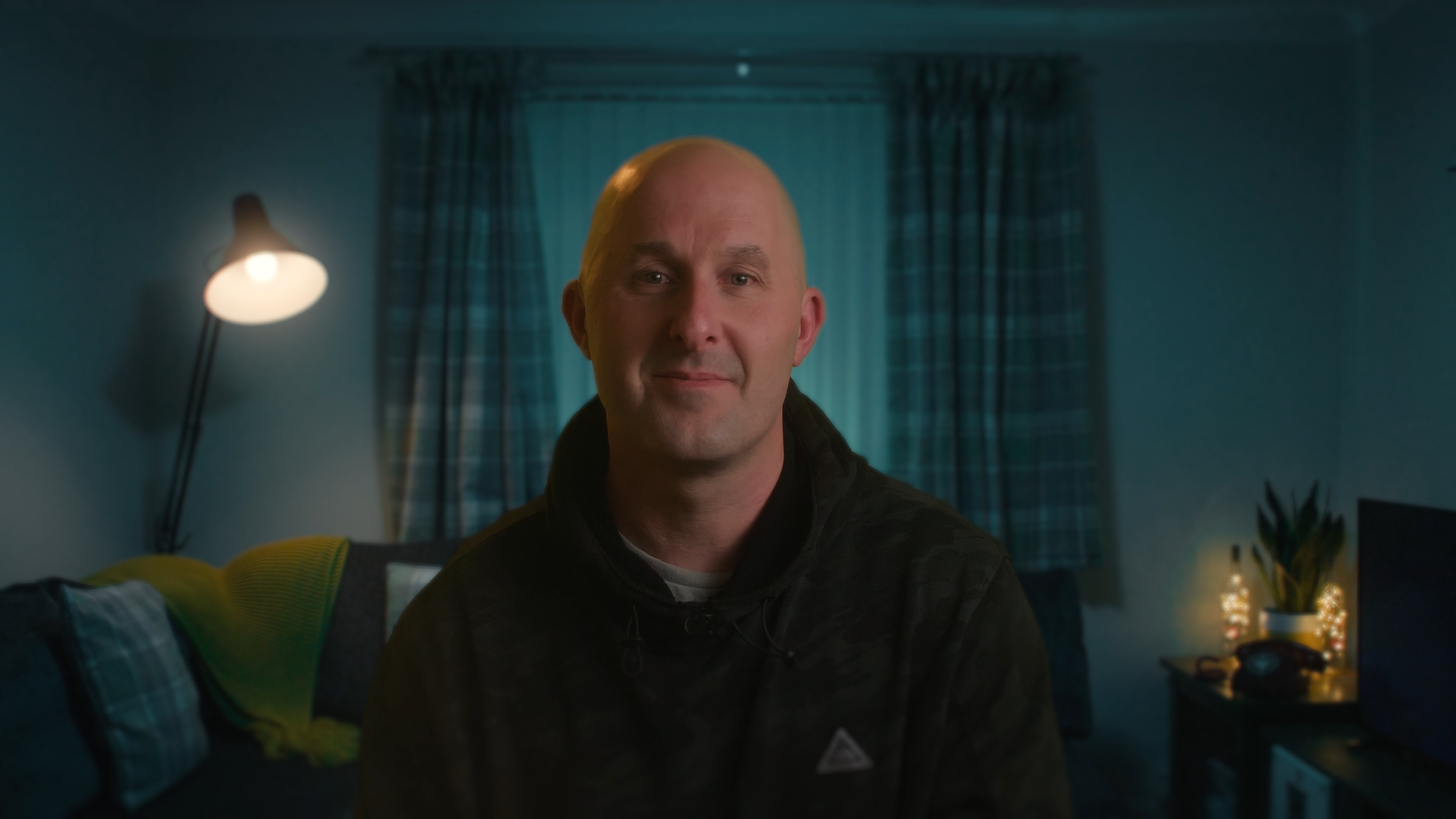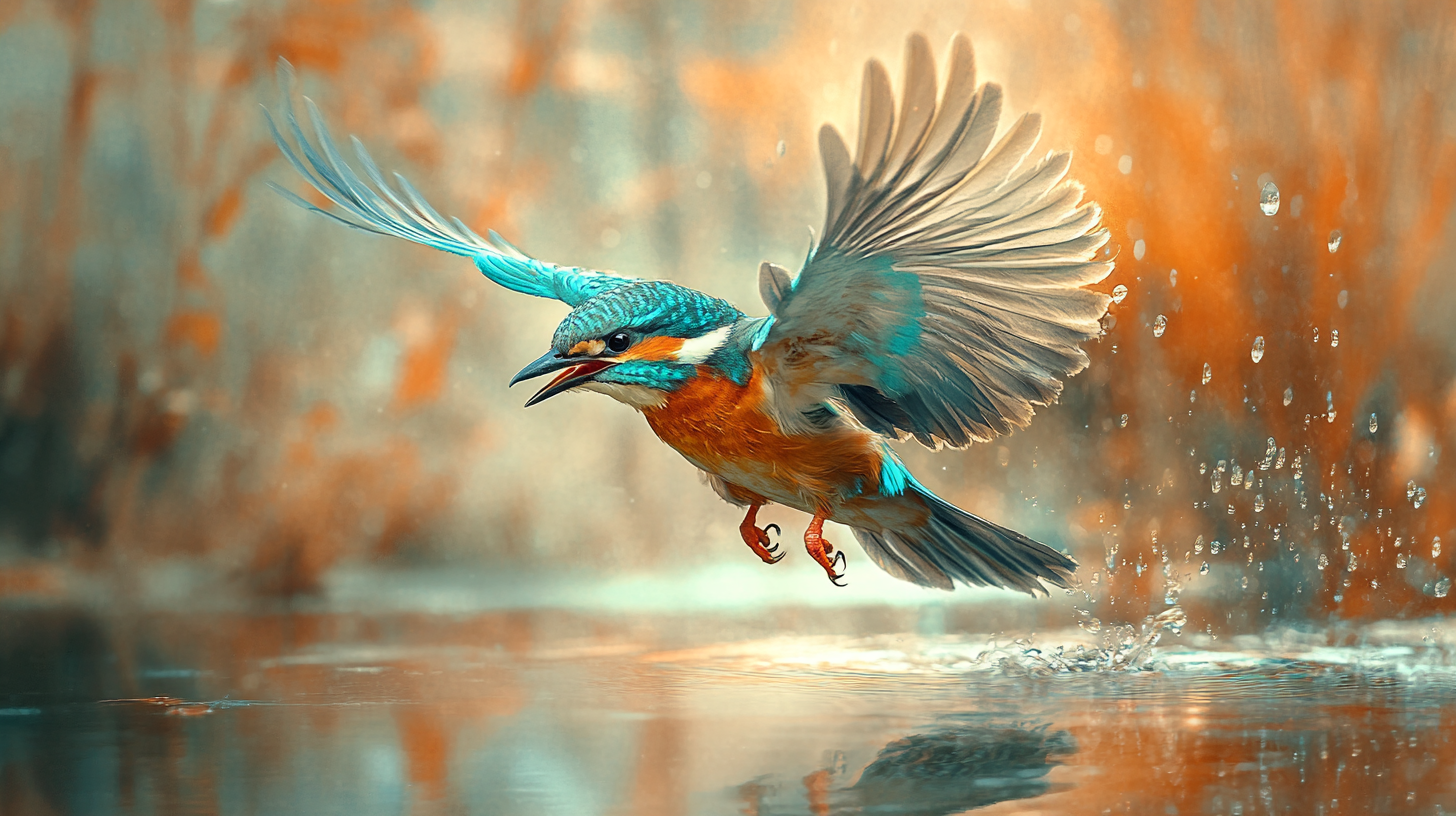Creating video content can feel daunting, especially when anxiety and fear of judgement creep in. However, with the right approach and consistent practice, you can overcome these challenges and create engaging videos that resonate with your audience. This step-by-step, 4-week plan will help you build confidence, reduce anxiety, and improve your on-camera presence. By the end of this journey, you’ll feel more at ease in front of the lens and ready to share your message with the world.
Why Do People Fear Being on Camera?
It’s completely normal to feel anxious or self-conscious when recording yourself. Many people worry about their appearance, voice, or stumbling over words. Even seasoned video creators, including myself, face these insecurities. The good news? These fears can be managed with time and practice. The key is to start small, focus on progress, and embrace imperfections as part of being human.
Week 1: Building Repetition
Objective: Develop familiarity with being on camera by establishing a consistent practice routine. The first step in overcoming camera anxiety is simply getting used to seeing and hearing yourself on video. By repeating the act of recording daily, you start to normalise the process. This week focuses on consistency, helping you break down the initial barriers of discomfort. It’s not about perfection; it’s about showing up and taking the first steps.
Daily Task: Write a text-based social media post (LinkedIn, Facebook, etc.) every day from Monday to Friday. Topics can range from personal anecdotes to business insights.
Record: Using your phone’s front-facing camera, read your post out loud and record yourself. Save these videos to your camera roll – no need to share them. Do this multiple times in the day for the post.
Why It Works: Starting with text-based posts helps remove the pressure of spontaneity. By reading something pre-written, you can focus on becoming comfortable with how you look and sound on camera. Repetition builds familiarity, and as you see yourself on screen daily, you’ll naturally begin to feel less critical of your appearance and performance. This step is about laying a foundation without the stress of public judgement.
Week 2: Adding Emotion
Objective: Create a positive association with being on camera by connecting it to joyful memories and emotions. Once you’ve established a routine, the next step is to infuse your recordings with personality and warmth. Positive associations are powerful tools for reducing anxiety. By linking the act of recording to happy emotions and memories, you can begin to feel more relaxed and authentic in front of the lens.
Daily Task: Continue writing and recording text-based posts as in Week 1.
Add a Personal Touch: Place a photo of someone you love or admire next to your camera. Think about a joyful memory involving them as you record.
Why It Works: Associating the camera with a comforting and positive presence helps shift your focus from anxiety to warmth. By visualising a loved one and recalling a happy moment, you naturally relax and let your genuine personality shine through. This emotional connection makes your delivery more relatable and engaging, and it begins to transform the camera into a friendlier presence rather than an intimidating device.
Week 3: Practising with a Partner
Objective: Enhance your natural delivery by simulating real-life conversations while maintaining focus on the camera. Engaging with the camera as if it’s a person is a key skill for creating relatable and impactful video content. This week helps you transition from practising alone to integrating conversational dynamics into your delivery. By adding a partner into the process, you’ll learn to bring more energy and authenticity to your recordings.
Daily Task: Record a conversation with a friend or colleague. Position the camera next to your friend and respond to them while looking into the lens.
Technique: Your friend’s role is to guide the conversation naturally. If you find yourself looking at them instead of the camera, they can gently remind you to refocus on the lens.
Why It Works: This step bridges the gap between real-world conversation and camera presentation. By placing the camera next to a familiar face, you replicate the feeling of talking to someone while directing your attention to the lens. This dual approach helps you practice emotive and natural delivery while maintaining eye contact with the camera. Over time, this builds the habit of seeing the camera as an extension of your audience, rather than a cold, impersonal object.
Week 4: Posting Your First Video
Objective: Build confidence by taking the leap and sharing your first piece of video content with your audience. The culmination of your efforts so far, this week focuses on bringing everything together to create a polished piece of content. Sharing your video publicly is a significant step in overcoming the fear of judgement and embracing your growth as a video creator. This week is about celebrating how far you’ve come and taking pride in your progress.
Daily Task: Record your text-based posts from Monday to Friday, practising multiple times to refine your delivery.
Friday Milestone: Select your best video and post it alongside your text-based post on social media. This is your debut video moment, so make it count!
Why It Works: By Week 4, you’ve developed a routine and built confidence through practice. Posting your first video is a symbolic step that consolidates your progress and signals readiness to engage with your audience. Sharing your video publicly not only marks a milestone but also opens the door to feedback and connection, helping you grow further. The flexibility to choose your best video ensures that you feel proud of what you share, reinforcing a positive experience.
Key Takeaways
Confidence Comes with Practice: The more you practise, the less intimidating the camera becomes.
Embrace Imperfections: Mistakes and stumbles are part of being human. They make your content relatable.
Repetition is Key: Repeat this 4-week plan as needed until creating videos feels natural.
Focus on Your Message: Once you’re comfortable on camera, shift your attention to delivering valuable content that speaks to your audience.
Why This Approach Works
This plan is designed to reduce anxiety step-by-step, allowing you to build confidence at your own pace. By the end of four weeks, you’ll have transitioned from practising privately to posting publicly, all while feeling supported by the structure of this method. Each week builds on the previous one, gradually increasing your comfort level and capability.
Ready to Start?
Start your journey today and take the first step towards becoming more confident on camera. Remember, creating video content is a skill, and like any skill, it gets easier with time and practice. By following this 4-week plan, you’ll not only improve your confidence but also unlock the potential to connect with your audience in a meaningful way.
If you found this guide helpful, don’t forget to share it with others who might benefit. Leave a comment or drop a like – I’d love to hear how you’re getting on. Let’s build confidence together!
ABOUT ME
My name is Byron Phillips and I run Datrysiad Media.
Datrysiad Media is a video production company based in Cardiff. We help businesses with their pain problems and communicate their stories.
We are a full-service video production that can handle every aspect of the video production process. Creating high-quality video content that meets your needs and exceeds your expectations.






